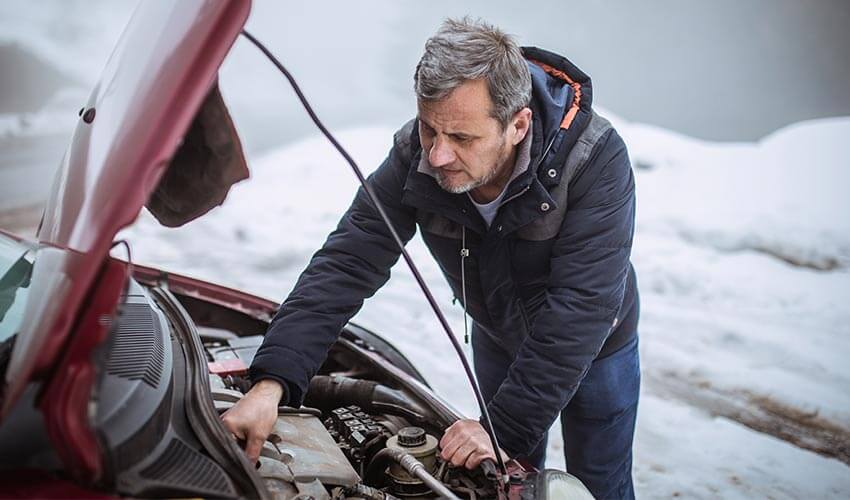The summer months have been changeable in the UK this year, with sunny days and heatwaves vastly outweighed by stormy and overcast weather, and much of the good weather managed to swerve the summer’s biggest public holidays in the process. Still, as much of a damp squib as the summer has largely been, it is soon coming to an end. Tree leaves are beginning to brown, nights are beginning to lengthen, and temperatures are soon to experience a precipitous drop.
The colder weather can be more intimidating for the UK’s driving population than the summer weather, with such season-specific hazards as black ice and snow creating additional points of concern for newer drivers. Keeping safe on the road in winter is as much a matter of preparation as it is of wariness, but what can you do to prepare for driving in the colder weather of the late year?
Remember ‘FORCES’
A simple mnemonic to help you through your winter car planning is thus: FORCES. FORCES stands for: fuel; oil; rubber; coolant; electrics; and screen wash. Four of these six are liquids and can be handled together. Oil, coolant, and screen wash levels can be checked simultaneously in the engine bay, while fuel remains a regular thing to check throughout the season.
Tyre Pressure and Tread
The ‘rubber’ element of ‘FORCES’, though, refers to the tires on your car. Abrupt changes to the weather can have abrupt consequences for the health of your tires, especially with regard to pressure. The colder air brings the atmospheric pressure down, in turn reducing the pressure inside your tires by up to 2 PSI per 10 degrees of cooling. Lower pressure can be good for snowy or icy weather but can otherwise reduce handling and fuel economy.
The other major consideration for tires in the winter is the tread. For one, if your tire treads are worn down, they will be much less effective at gaining traction on icy or wet roads. For another, summer tires are made from a rubber compound that stiffens up in the winter and can also reduce traction. In either case, a new set of winter tires can make sure your car remains safe and handles well on winter roads.
Emergency Preparations
Aside from careful driving and the elimination of bad habits, there is little else you can do to account for the colder weather and the eventuality of an accident, besides preparing for the eventuality of one. It is important to remember that you are not the only road user and that all it takes is another ill-prepared driver for you to find yourself in an accident.
As such, a winter emergency kit is a must-have for the boot of your car. This would be a sports bag that you fill with equipment and resources, from screwdrivers and socket sets for car maintenance to blankets and non-perishable foods for comfort in the event of a breakdown. A warning triangle to put before your car can also help keep you and your vehicle safe in low-light conditions.
Read more articles for Evening Chronicle

